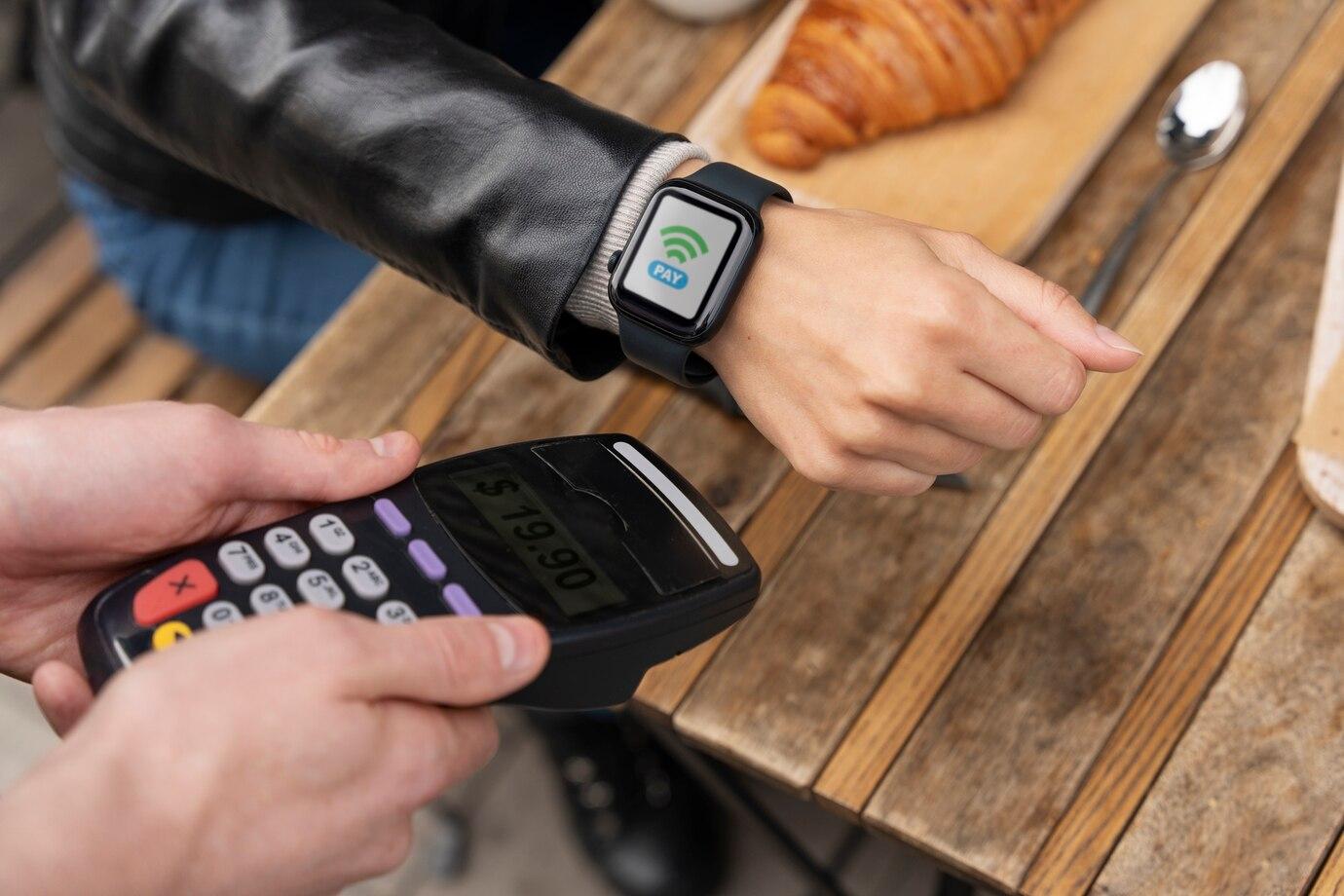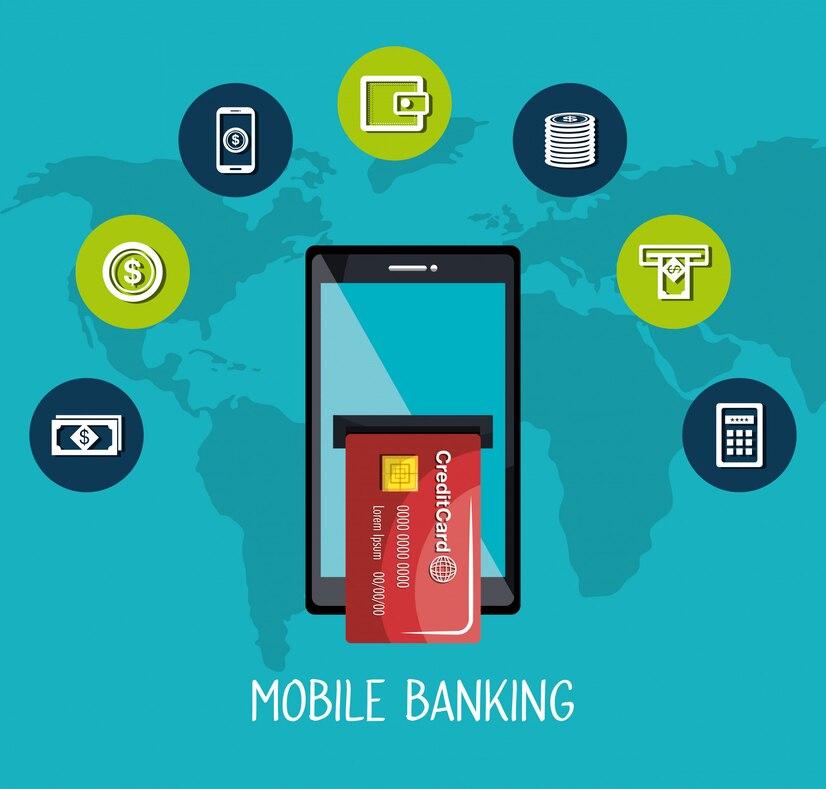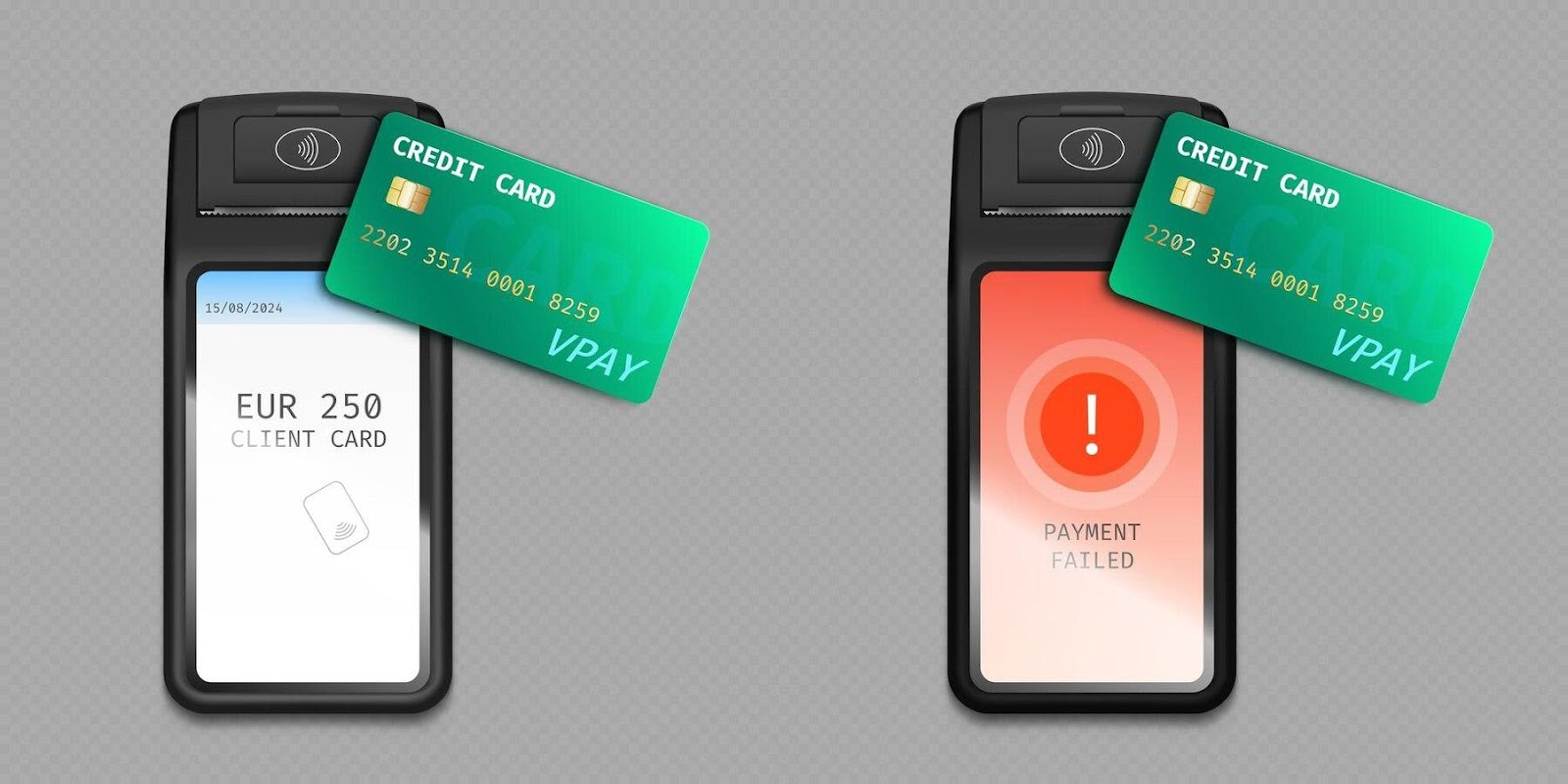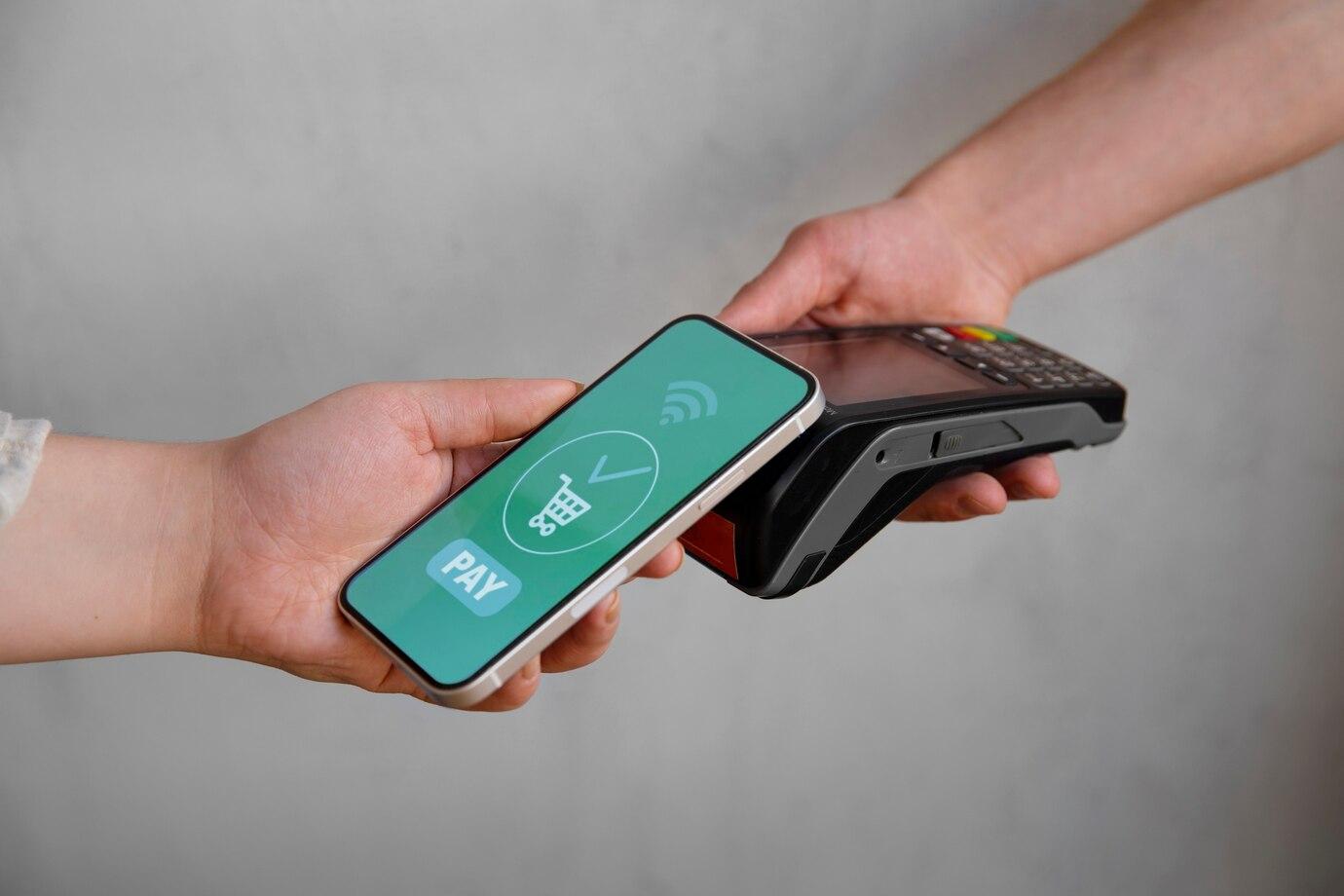Modern technologies have significantly simplified the process of conducting financial transactions. Mobile payments have become an integral part of our daily lives thanks to services like Apple Pay and Google Pay. These platforms provide convenience and speed; however, as practice shows, they also attract the attention of fraudsters.
Mobile payments are electronic transfers of funds using mobile devices, usually smartphones or tablets. Apple Pay and Google Pay were created to simplify transactions, allowing users to link their bank cards and make payments using a QR code or NFC (Near Field Communication).
How Apple Pay and Google Pay Work
Both platforms use tokenization technology, which means your card data is encrypted and replaced with a token that cannot be used outside the specific transaction. This makes transactions more secure because even if the data is intercepted, it cannot be used for illegal transactions. However, there are vulnerabilities that fraudsters can exploit to access funds.
The Popularity of Mobile Payments
According to a Statista study, in 2021, the number of mobile payment users worldwide exceeded 1.5 billion, and this number continues to grow. Undoubtedly, the rise in popularity creates a favorable environment for fraudsters who develop new schemes to steal money.

Methods of Hacking Apple Pay
Physical Access to Devices
One of the simplest yet most common methods of fraud is physical access to the victim's phone. Fraudsters can use various tricks to gain control over the device. For example, they may offer the victim help or distract their attention while another fraudulent group gains access to the mobile device.
Using Phishing
Phishing is a method of fraud that involves deceiving users to obtain their personal information, such as passwords or card data. Fraudsters can create a fake website that looks like an official Apple or Google resource, providing victims with a fake form to enter data. Once they obtain this data, fraudsters can access the victim's Apple Pay or Google Pay and steal funds.
Fraud Through SIM Card
SIM swapping is another method actively used by fraudsters. They can trick a mobile operator into transferring the victim's phone number to another SIM card, giving the fraudster full access to SMS notifications and calls. This way, they can bypass two-factor authentication and gain access to mobile payment services.

Methods of Hacking Google Pay
Malware
Another common method is the use of malware. Fraudsters can create viruses or trojans that infiltrate the victim's device and access personal information. For example, such programs can steal bank card data or automatically send funds to fraudsters' accounts.
Social Engineering
Social engineering involves manipulating victims to obtain confidential information. A fraudster may call the victim, posing as a bank employee or technical support, and request data to verify identity. Sometimes, they may use psychological tricks to make the victim act against their interests.
Hacking Server Attacks
Although Apple and Google have high security standards, systems are not completely reliable. Hackers may attempt to breach servers where user data is stored. A successful attack could give them access to thousands of accounts at once, leading to significant losses for users.

Potential Consequences of Hacks
The first and most obvious consequence is the loss of money. Fraudsters can quickly transfer funds to their accounts, leaving victims without means of subsistence. According to statistics, in 2020, there were more than 3.2 million cases of mobile payment fraud in the US, leading to financial losses exceeding 10 million dollars.
Loss of money is not only a financial problem but also a psychological trauma. Victims feel helpless and may develop anxiety or depression due to the stress associated with the loss of funds and difficulties in regaining control over their finances.
Companies offering mobile payments may also face reputational risks. Data breaches or frequent cases of fraud can lead to a loss of trust from customers. This can affect their customer base and profits.

Protecting Mobile Payments
One of the most effective ways to protect is using multi-factor authentication. This method requires identity verification through several steps, significantly increasing security. For example, users can confirm their identity not only through a password but also through an SMS code or biometric data such as a fingerprint.
It is recommended to always update the operating system and applications to the latest version. Updates often include fixes for known vulnerabilities and help protect devices from potential attacks. Users should ensure that automatic updates are enabled at the system level.
Education plays a key role in preventing fraud.
This includes training to recognize phishing messages, understanding the importance of protecting personal data, and safe usage rules for mobile applications.
Strong passwords are the first barrier that protects users from hacks. A password should be long and contain a combination of letters, numbers, and special characters. It is recommended to avoid using simple passwords or those linked to personal information, such as a birth date or name.
Users of mobile payment systems should also carefully review the privacy settings of their applications. These settings allow limiting access to personal information and increasing security. Enabling notifications for logins and suspicious activities also helps prevent theft.
Fraudsters use various methods to conceal their intentions, from phishing to malware. While mobile payment technologies offer convenience and speed, the importance of cybersecurity cannot be ignored. Every user must take precautions to protect their finances from theft. Knowledge of protection methods and continuously enhanced security measures will help prevent many potential threats.
